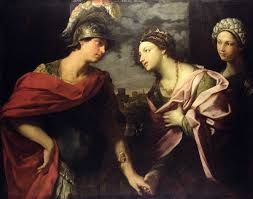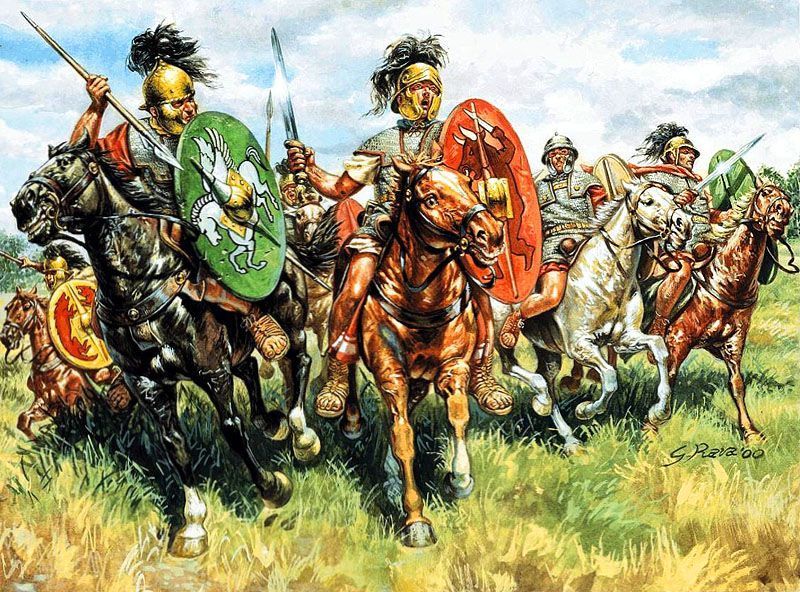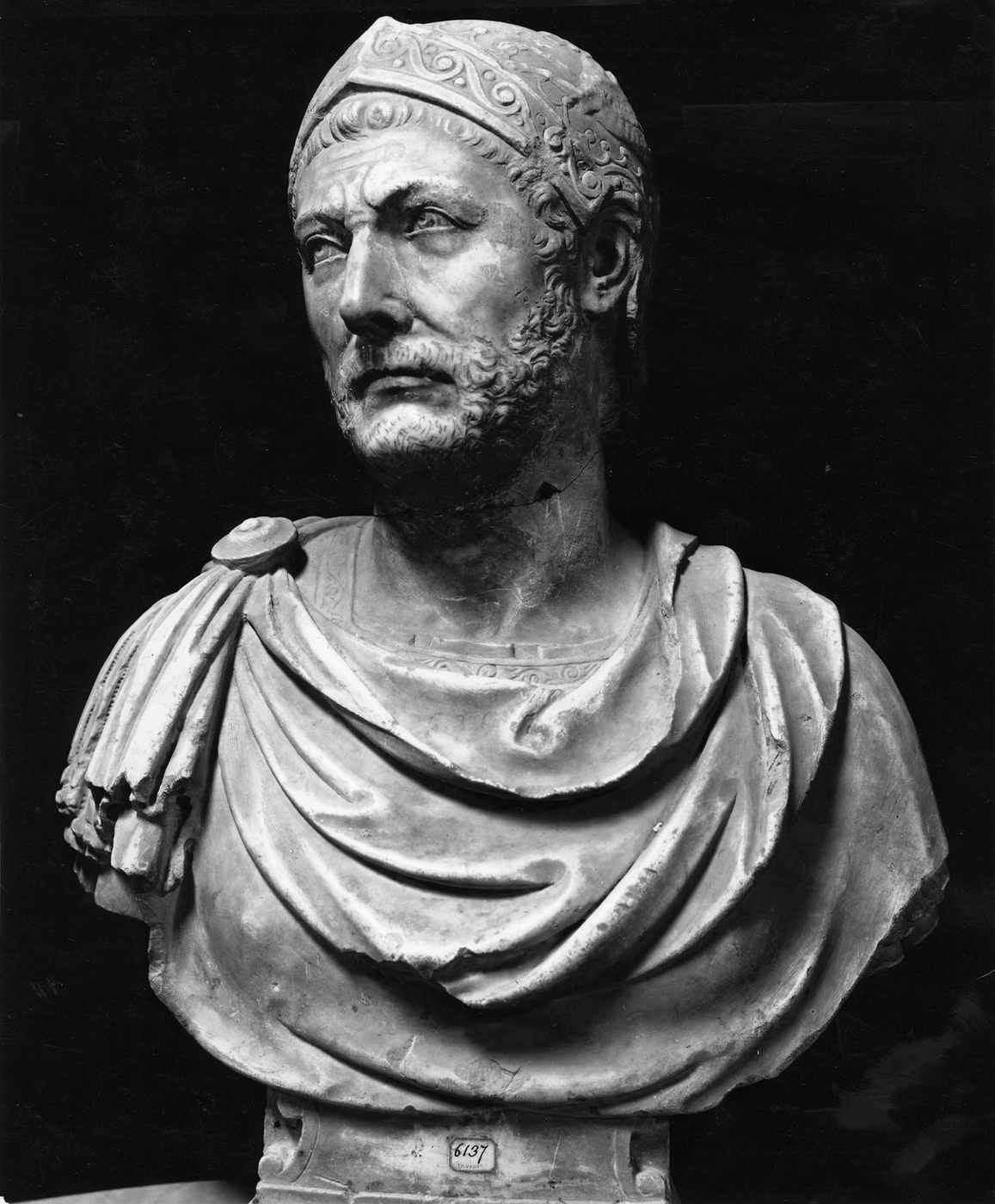The Woman Behind Carthage: The Real Story of Queen Dido

This is a subtitle for your new post

When I started researching Ancient Carthage for one of my novels, I expected to find stories of generals, soldiers, and wars.
What I didn’t expect was a queen — a woman whose courage, cunning, and heartbreak helped build one of the most powerful cities of the ancient world.
Her name was Dido.
You may know her from Virgil’s Aeneid, where she’s cast as a tragic lover. But her real story? It’s so much more than that.
It’s a tale of leadership, resilience, and a woman who defied the odds to create a legacy that outlived empires.
Here’s why I can’t stop thinking about her — and why her story still matters.
Who Was Dido?
Dido, also known as Elissa, was a princess of Tyre, a wealthy Phoenician city in modern-day Lebanon.
Her life took a dramatic turn when her brother, Pygmalion, murdered her husband in a power grab.
But Dido didn’t just grieve. She acted.
She gathered a group of loyal followers, stole her brother’s gold, and fled across the Mediterranean.
Her destination? Unknown. Her mission? Survival.
This wasn’t just a royal fleeing tragedy.
This was a woman taking control of her fate — in a time when women were expected to do the opposite.
Founding Carthage
After days at sea, Dido and her followers landed on the coast of North Africa.
There, she requested land from the local Berber king Iarbas.
According to legend, he agreed — but only as much land as a bull’s hide could cover.
Most people would take this as a joke. Dido didn’t.
She cut the hide into thin strips, laid them end-to-end, and encircled a large piece of coastal land.
That land would become Carthage.
As a writer, I adore this part of her story. It’s clever. It’s symbolic.
And it tells you everything you need to know about her character: smart, strategic, and unwilling to be underestimated.
Carthage Was Born of Refuge
When I think of Dido, I think of how Carthage itself began — not as a conqueror’s dream, but as a sanctuary. A place built by exiles, for exiles.
That spirit of independence shaped the entire Carthaginian identity. They didn’t just want a home.
They wanted a future. Dido gave them both.
And maybe that’s why, for centuries, Rome viewed Carthage with suspicion. They didn’t understand it.
Carthage wasn’t just a city — it was an idea.
A testament to what refugees and visionaries can build when they refuse to break.
The Aeneas Twist: Romance or Roman Propaganda?
In Roman mythology, Dido is remembered less as a queen and more as a woman undone by love.
In Virgil’s Aeneid, she falls for the Trojan hero Aeneas, who ultimately abandons her to fulfill his destiny of founding Rome.
Heartbroken, she takes her own life — cursing Aeneas and Rome forever.
It’s dramatic. It’s tragic. And, let’s be honest — it’s Roman PR.
As a novelist, I understand the power of narrative.
The Romans needed to justify the Punic Wars.
Painting Carthage’s founder as a jilted lover softened their aggression — and made Rome look fated, noble, righteous.
But the real Dido? She didn’t need a man to define her. Her story didn’t end in heartbreak. It began in survival.
What Makes Dido So Fascinating?
She wasn’t a warrior. She wasn’t a goddess. She didn’t lead armies or win battles. But Dido built an empire with words, wit, and willpower.
I think that’s what draws me to her.
She ruled through diplomacy and intellect. She earned loyalty, not obedience.
And she proved that leadership can look different — especially when it comes from someone the world doesn’t expect.
For a woman in ancient history, that’s revolutionary.
Dido’s Legacy in Modern Storytelling
As a writer, I’m always looking for characters who surprise me — who break molds and make me rethink what a hero looks like.
Dido does that.
She’s the reason Carthage existed.
Her leadership, her vision, and her willingness to start over after unthinkable loss — that’s what built one of the most powerful cities of the ancient world.
And yet, she’s often overshadowed by the men who came after: Hannibal, Hamilcar, Hasdrubal.
That’s why I include her in my work.
Not just to reclaim her, but to remind readers that women have always shaped history — even when history tries to forget them.
Writing Lessons from Queen Dido
Whenever I’m stuck in a plot or a character arc, I think about Dido.
Her story offers some of the best lessons I’ve ever come across:
● Give your characters agency. Dido didn’t wait to be saved — she made her own path.
● Backstory matters. Her grief over her husband’s death informs everything she does.
● Symbols are powerful. That bull’s hide trick? It’s not just smart — it’s unforgettable.
● Let your female characters lead. Not just emotionally — strategically, too.
Final Thoughts
Dido is one of my favorite historical figures, not because she was perfect, but because she was possible.
Her story is part legend, part history, and all heart.
She reminds us that sometimes the most enduring empires are built not by force, but by vision — and that courage can come in many forms.
If you’re a reader of history, a writer of fiction, or just someone who loves strong women in forgotten corners of time, I hope Dido speaks to you the way she did to me.
Her voice may have been buried under centuries of Roman myth.
But it’s still there — clever, bold, and whispering through the ruins of Carthage.





